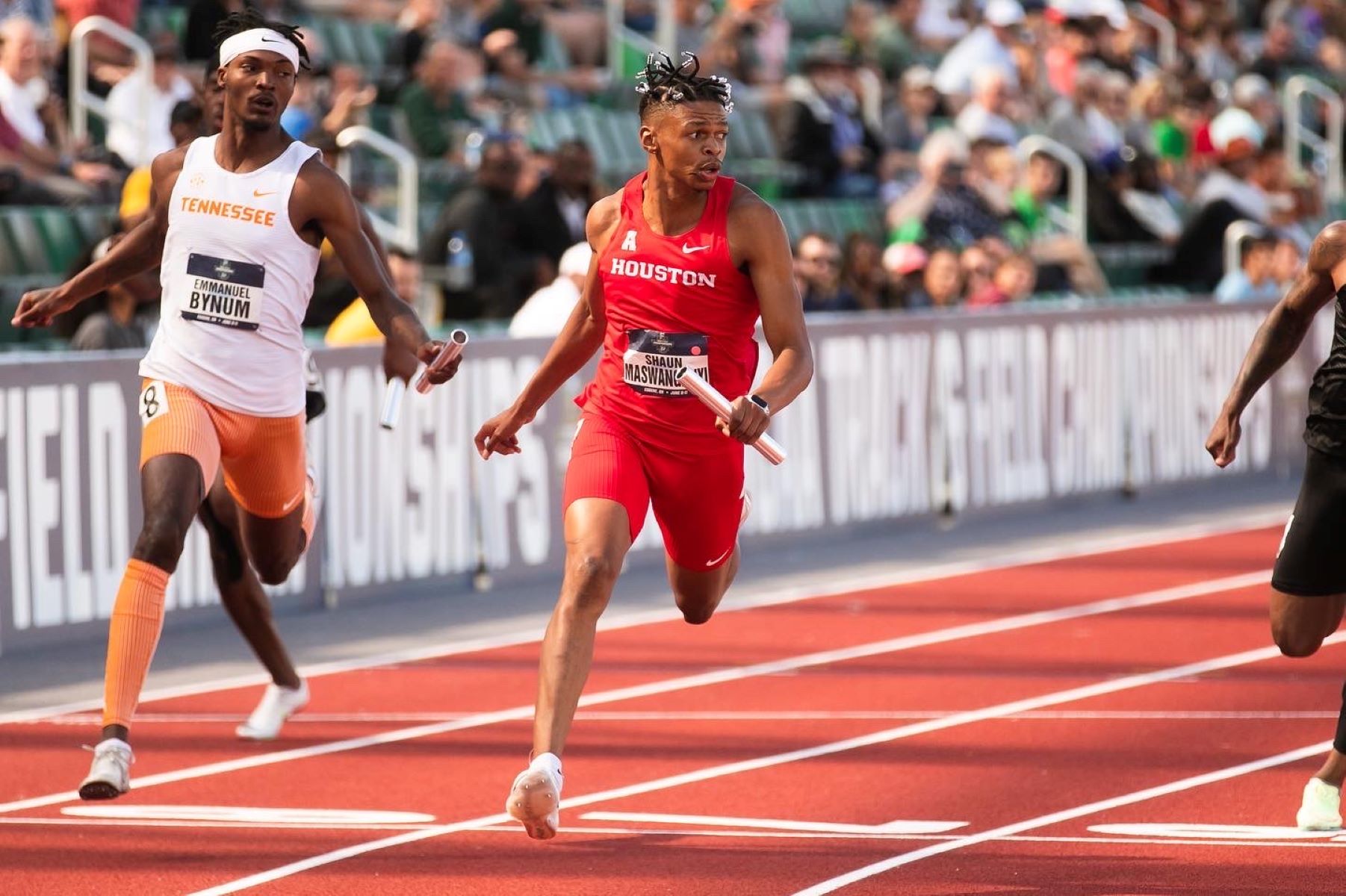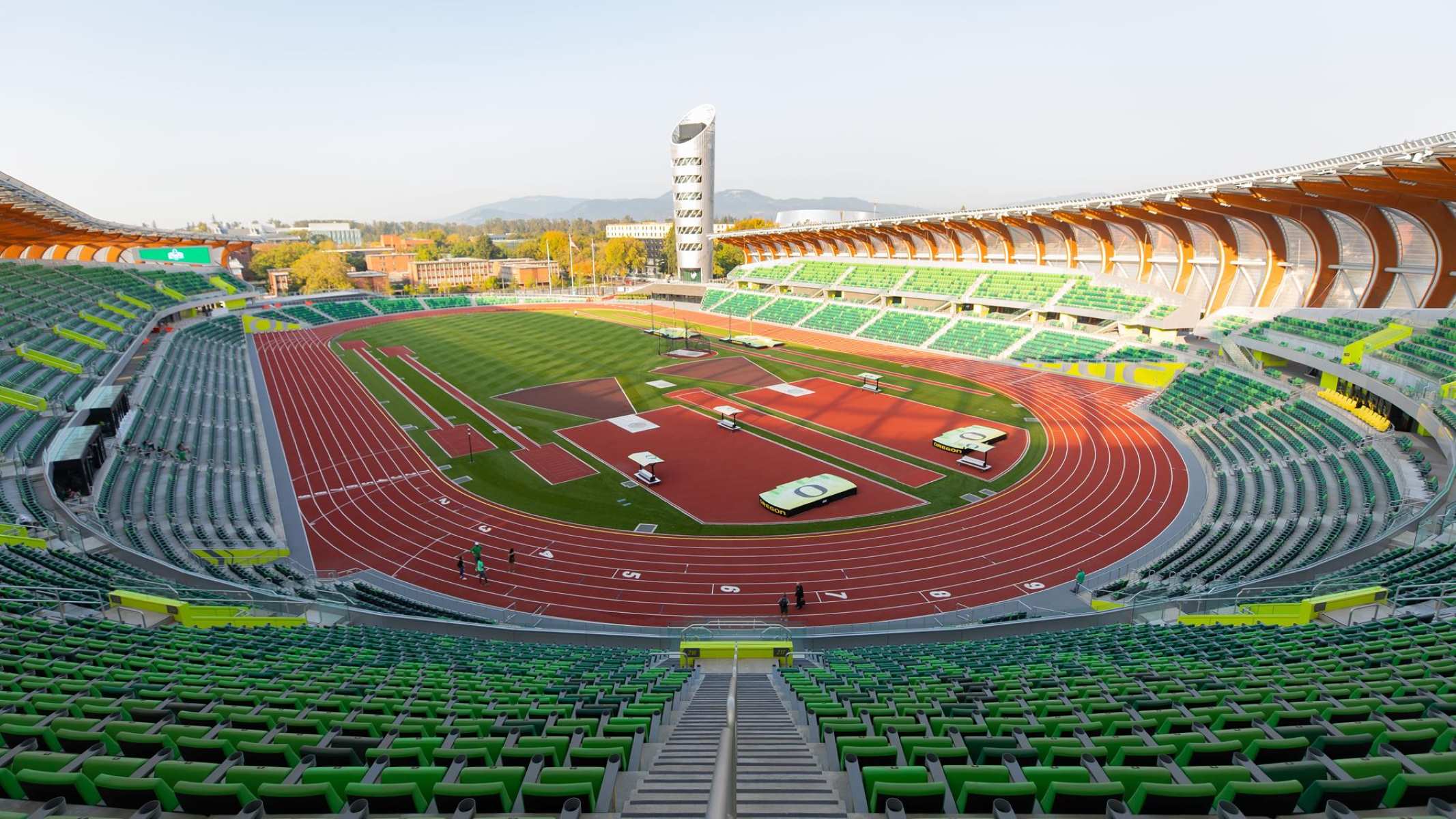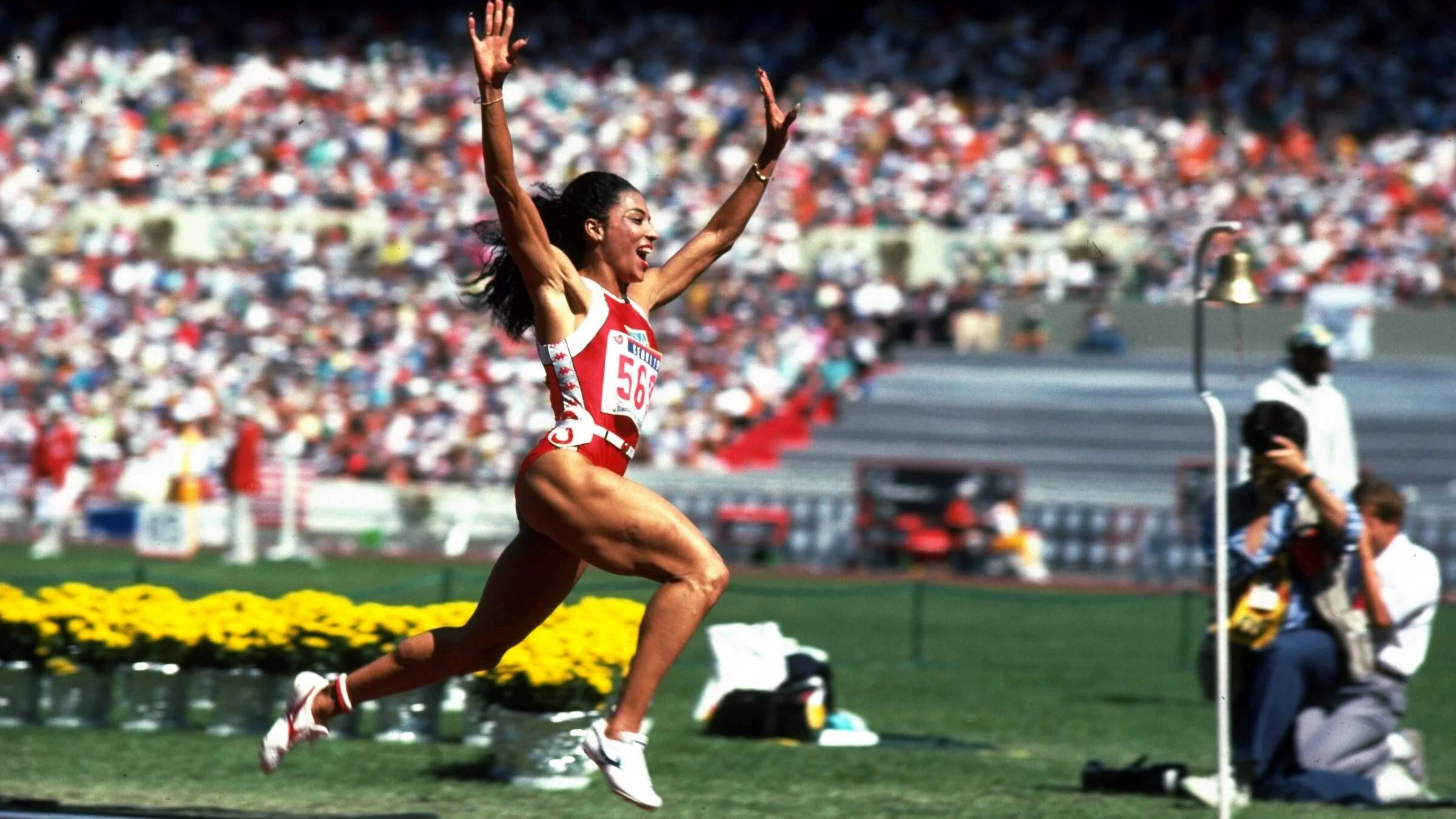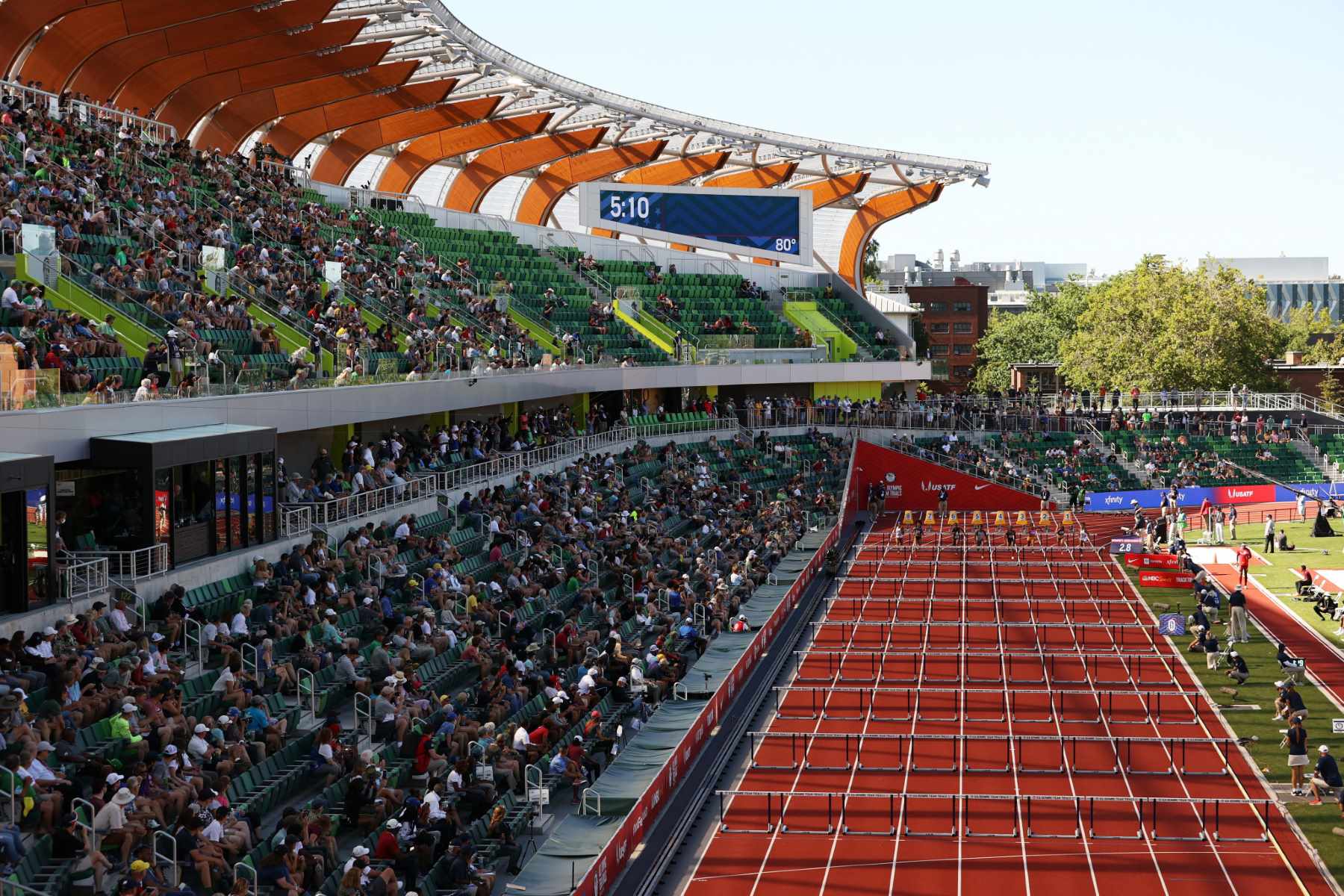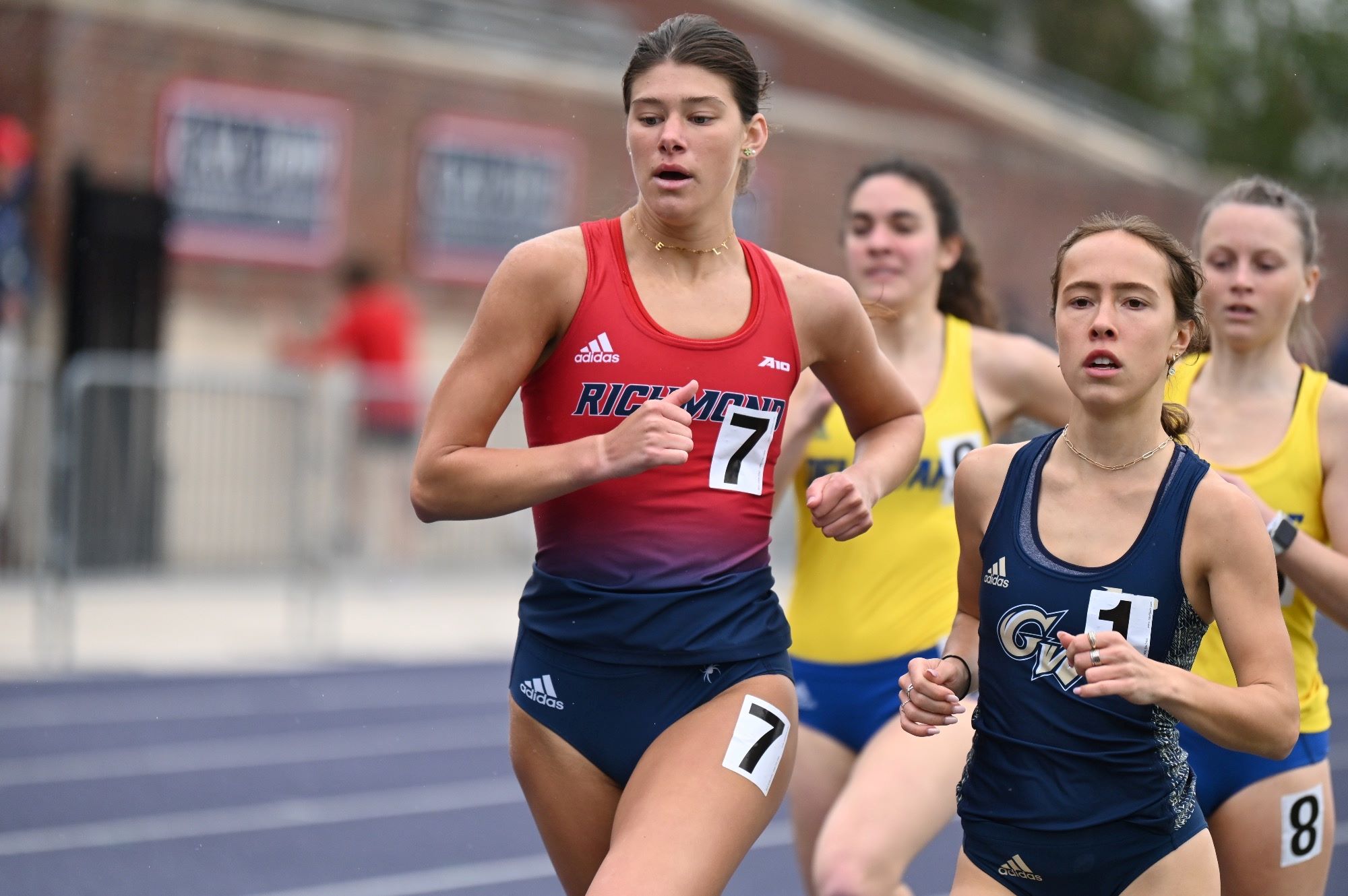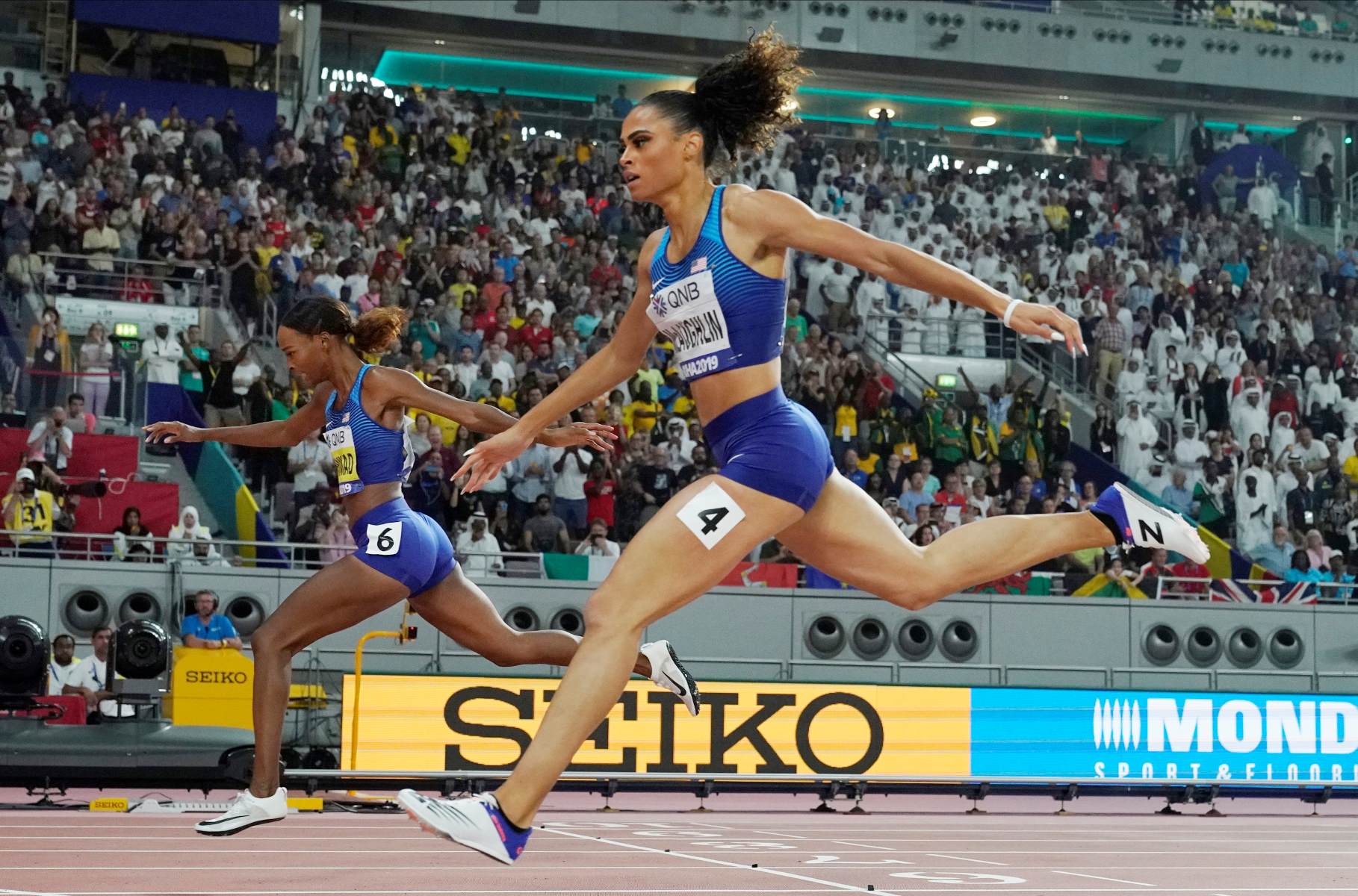

Featured
What Is Heat In Track And Field
Published: September 15, 2023
Learn about the featured aspect of heat in track and field, as well as its significance and impact on athlete performance.
Introduction
Track and field is a sport that encompasses a wide variety of athletic events, from sprints to long-distance races, to jumping and throwing competitions. Within the realm of track and field, athletes often have to participate in heats as part of the competition process.
In this article, we will explore the concept of heats in track and field, their purpose, organization, and the importance they hold. We will also discuss strategies that athletes can employ to excel in heats, as well as the advantages and disadvantages associated with this format of competition.
Heats are an essential aspect of track and field events, as they help determine the qualifying athletes for the finals or subsequent rounds. Whether you’re a seasoned track and field enthusiast or a curious newcomer to the sport, understanding how heats work and the techniques involved can give you a deeper appreciation for the dedication and skill required in this thrilling athletic discipline.
So, let’s dive into the world of heats in track and field and discover why they play such a significant role in this captivating sport.
Definition of Heat in Track and Field
In the context of track and field, a heat refers to a preliminary round of a race or event in which multiple athletes compete against each other. These heats serve as a means to narrow down the field of participants and determine the fastest or best-performing athletes who will advance to the next round or the finals. Heats are commonly used in track and field events that involve a large number of entrants, such as sprints, hurdles, and middle-distance races.
Each heat typically consists of a certain number of athletes, usually grouped based on their qualifying times or random allocations. The number of participants in a heat can vary depending on the size and rules of the competition. For example, in Olympic events, heats usually comprise 6-8 athletes, whereas in local or school-level competitions, heats may have fewer participants.
Heats are characterized by their competitive nature, as athletes strive to secure their place in the next round or the finals. The primary goal of a heat is to determine the qualifiers – the top-performing athletes who will progress in the competition. The specific criteria for advancement vary based on the event and the competition rules. It could be the top finishers of each heat, a combination of times or distances, or a set number of athletes from each heat.
Importantly, heats are designed to be fair and give all participants an equal opportunity to showcase their abilities. The assignment of competitors to different heats is often randomized or based on preliminary qualifying rounds. This ensures that no competitor has an advantage or disadvantage based on their heat placement.
Overall, heats in track and field are an integral part of the competition structure, allowing athletes to compete head-to-head, showcase their skills, and earn a chance to advance to the later stages of the event. It is through these heats that the true contenders for victory emerge, leading to the excitement and drama that capture the essence of track and field competitions.
Purpose of Heats in Track and Field
The heats in track and field serve several important purposes that contribute to the overall fairness, competitiveness, and smooth functioning of the event. Let’s explore the key reasons behind the inclusion of heats in track and field competitions.
1. Selecting the Fastest and Most Deserving Athletes: Heats are used as a method of determining the athletes who are the fastest or best-performing in their respective events. By pitting athletes against each other in heats, the competition can identify the top contenders who will advance to the next round or the finals. This ensures that only the athletes who have demonstrated their skill and ability under competitive conditions progress further in the event.
2. Managing a Large Field of Participants: Track and field events often attract a large number of participants, especially at higher levels of competition like regional or national championships. Heats allow the event organizers to manage the large field of athletes effectively. By dividing the participants into smaller groups, the competition can proceed smoothly without overcrowding the track or field, and without creating logistical challenges in timekeeping and results management.
3. Providing Fair Competition: Heats ensure fair competition among athletes by grouping them based on their abilities or qualifying times. Athletes are then matched with others of similar skill levels, creating a level playing field for all participants. This ensures that the outcome of the race or event is not heavily influenced by factors such as wind conditions or lane assignments, and that athletes have an equal opportunity to compete and display their talents.
4. Handling Ties or Close Finishes: In some instances, races or events may have multiple athletes finishing with similar times or distances. Heats help resolve such ties by allowing a secondary round of competition to determine the final rankings. This adds excitement and suspense to the event, as athletes have a chance to break ties and secure their position through additional heats or tie-breaking procedures.
Overall, the purpose of heats in track and field is to ensure that the best-performing athletes are given the opportunity to advance in the competition, to manage larger fields of participants effectively, and to provide fair and competitive races or events. The inclusion of heats contributes to the thrill and integrity of track and field competitions, making them engaging not only for athletes but also for spectators and fans.
How Heats are Organized
The organization of heats in track and field events involves a systematic approach to ensure fairness and efficiency in the competition. Here are the key aspects of how heats are typically organized:
1. Seeding: Prior to the event, athletes are seeded based on their qualifying times or performances. This is done to ensure that athletes of similar abilities are grouped together. The seeding process helps distribute the talent evenly across the heats, avoiding situations where one heat may have significantly faster or stronger competitors than others.
2. Lane Assignments: Once the athletes are seeded, lane assignments are determined for each heat. The lane assignments are usually randomized or based on a predetermined method to avoid any bias. The goal is to provide equal opportunity to all athletes by ensuring that they compete in different lanes across different heats.
3. Heat Sizes: The number of athletes in each heat can vary depending on the size of the competition and the event being contested. In some cases, the number of athletes per heat may be equal, while in others it may vary slightly to accommodate the total number of participants. The goal is to have a balanced number of competitors in each heat to ensure fair competition.
4. Heat Schedule: The heat schedule outlines the order in which the heats will take place. The schedule is carefully designed to allow sufficient time for warm-ups, cool-downs, and any necessary adjustments to the track or field between heats. The timings are also planned to accommodate the needs of the athletes and event logistics, such as television broadcasting or spectator attendance.
5. Advancement Criteria: The criteria for advancing to the next round or the finals are established before the competition begins. This may involve methods such as time qualification, where the fastest athletes from each heat or a specified number of athletes based on their times progress. Alternatively, the advancement criteria may be based on the top finishers from each heat or a combination of times and placements.
6. Officials and Officials: Heats are organized and supervised by experienced officials who ensure the smooth running of the competition. They oversee lane assignments, starting procedures, adherence to rules, and the accurate recording of results. The officials play a vital role in maintaining the integrity of the heats, making fair decisions, and resolving any disputes that may arise during the competition.
The organization of heats in track and field is a meticulous process that aims to create a fair and efficient competition environment for athletes. By following these organizing principles, track and field events can run smoothly, allowing athletes to showcase their skills and giving spectators an exciting and enjoyable experience.
Importance of Heats in Track and Field
Heats play a crucial role in track and field competitions, offering several benefits and serving important purposes within the sport. Let’s delve into the significance of heats in track and field:
1. Fair Selection Process: Heats provide a fair and objective method for selecting the top-performing athletes who will advance to the next round or the finals. By competing against each other in heats, athletes have the opportunity to prove their abilities on an equal playing field. This fair selection process ensures that only the most deserving athletes progress in the competition.
2. Test of Competitive Skills: Heats offer athletes a chance to test their competitive skills in a race or event setting. In addition to physical capabilities, heats gauge an athlete’s mental strength, race strategy, and ability to handle pressure. These skills are crucial for success in track and field competitions, and heats allow athletes to refine and showcase them against their peers.
3. Spectator Engagement: Heats generate excitement and spectator engagement by providing multiple opportunities for fans to watch high-stakes races and events. Instead of one final race where all top athletes compete at once, heats spread out the action over several rounds, allowing fans to witness more races and discover rising stars. This prolonged engagement enhances the overall spectator experience.
4. Skill Refinement: Heats act as a platform for athletes to refine their skills and strategies based on their performance and the competition they face. It provides valuable feedback on their strengths and weaknesses that they can use to adjust their approaches in subsequent rounds or events. This iterative process of skill refinement allows athletes to continuously improve and reach their peak performance levels.
5. Enhanced Athletic Development: The inherently competitive nature of heats in track and field presents an opportunity for athletes to develop and grow as competitors. Athletes learn to handle the pressure of performing under intense conditions, manage race tactics, and adapt to different competitors. These experiences contribute to their overall athletic development, preparing them for future competitions at higher levels.
6. Level Playing Field: Heats ensure a level playing field by grouping athletes with similar abilities together. This minimizes the impact of external factors such as wind, lane assignments, or track conditions on the final outcome. By competing against athletes of similar skill levels, athletes are encouraged to give their best performance, knowing they are competing on equal terms.
Overall, the importance of heats in track and field goes beyond the process of selecting qualifiers or finalists. Heats provide a fair and engaging platform for athletes to showcase their skills, refine their techniques, and develop as competitive individuals. They contribute to the excitement and vibrancy of track and field competitions, captivating the attention of both participants and spectators alike.
Strategies for Competing in Heats
Competing in heats in track and field requires a strategic approach to maximize performance and secure a spot for advancement. Here are some key strategies that athletes can employ to excel in heats:
1. Understand the Competition: Prior to the heat, it is important to familiarize yourself with your opponents. Research their previous performances, strengths, and weaknesses. This knowledge can help you develop an effective race strategy and make informed decisions during the heat.
2. Consistency in Performance: Aim to maintain a consistent level of performance throughout the heat. Avoid going out too fast at the start and risk burning out before the finish. Find a pace that allows you to be competitive while ensuring that you have enough energy for a strong finish.
3. Tactical Positioning: Positioning yourself strategically during the heat can be crucial. Find a comfortable spot where you can maintain your rhythm and stay clear of congestion or interference from other athletes. Consider factors such as wind direction, the track layout, and the strengths of your competitors when deciding on your positioning.
4. Race Visualization: Visualize your race plan before the heat. Imagine yourself executing each phase of the race, from the start to the finish line. Visualizing success can help you stay focused, confident, and mentally prepared to execute your strategy effectively
5. Stay Mentally Agile: Be prepared to adapt your strategy during the heat. Monitor your competitors and make adjustments as needed. If someone makes a move to surge ahead, decide whether to respond or conserve energy for a final push. Staying mentally agile will allow you to make the best decisions in the heat of the competition.
6. Time Awareness: Be aware of the clock and your race pace. If the heat is being used to qualify based on time, make sure you have a good sense of the time you need to achieve. Use this awareness to adjust your strategy and push yourself when necessary to secure a qualifying time.
7. Learn from Heats: Treat each heat as a learning opportunity. Analyze your performance and identify areas for improvement. Recognize both your strengths and weaknesses to refine your strategies for future heats or competitions.
Remember, heats are a valuable chance to showcase your skills and secure a spot in subsequent rounds or the finals. By employing strategic tactics, staying mentally focused, and learning from each heat, you can maximize your performance and increase your chances of success in track and field competitions.
Advantages and Disadvantages of Heats in Track and Field
Heats in track and field competitions offer both advantages and disadvantages for athletes and the overall event experience. Let’s explore some of the key advantages and disadvantages of heats:
Advantages:
1. Fairness: Heats create a fair selection process by allowing athletes of similar abilities to compete against each other. This ensures that the most deserving athletes progress and compete in subsequent rounds or the finals.
2. Increased Competitiveness: Heats increase the overall level of competition by dividing athletes into smaller groups. This leads to closely contested races and events, allowing athletes to push themselves to achieve their best performances.
3. Spectator Engagement: The inclusion of heats generates excitement and engagement for spectators, as they witness multiple races or events throughout the competition. This prolonged engagement keeps fans captivated and invested in the outcomes.
4. Skill Development: Heats provide an opportunity for athletes to develop and refine their skills. By competing against a variety of opponents, athletes gain valuable experience, improve race tactics, and learn how to handle different competitive scenarios.
5. Time for Adjustment: Heats allow athletes to make necessary adjustments and improvements between rounds. Athletes can analyze their performance in previous heats, identify areas for improvement, and apply those adjustments in subsequent rounds to increase their chances of success.
Disadvantages:
1. Increased Physical Demands: Competing in multiple heats can place additional physical demands on athletes, requiring them to maintain peak performance over several rounds. This can lead to fatigue and impact performance in subsequent rounds or events.
2. Tactical Challenges: Athletes must carefully manage their strategies and tactics throughout the heats. Misjudging the pace, positioning, or responding to surges from competitors can adversely impact their chances of qualification or success in subsequent rounds.
3. Emotional Pressure: The pressure to perform well in heats can be mentally and emotionally taxing for athletes. The need to secure a place in subsequent rounds or the finals can create additional stress, potentially affecting focus and performance.
4. Potential for Upsets: Heats introduce the possibility of upsets and unexpected results. Even athletes with superior abilities may have an off-day or face tough competition in their heat, leading to their elimination from the competition despite being favorites to advance.
5. Longer Competition Duration: The inclusion of heats extends the duration of track and field competitions. This may affect scheduling, logistics, and the overall event experience for athletes, officials, and spectators.
Overall, while heats add excitement and fairness to track and field competitions, they also come with certain challenges and considerations. Athletes must adapt to the demands of heats and use their skills and strategies effectively to succeed under intense competition conditions.
Conclusion
Heats play a vital role in the world of track and field, providing a fair and competitive platform for athletes to demonstrate their abilities and secure a place in subsequent rounds or the finals. Understanding the purpose, organization, and strategies associated with heats is essential for both athletes and spectators alike.
Heats serve as a selection process, ensuring that the fastest and most deserving athletes advance in the competition. They offer numerous advantages, including fairness, increased competitiveness, spectator engagement, skill development, and the opportunity for adjustments between rounds. However, heats also present challenges such as increased physical demands, tactical intricacies, emotional pressure, potential upsets, and longer competition durations.
Despite the challenges, heats bring added excitement and suspense to track and field events, captivating both athletes and spectators. They offer a platform for athletes to refine their skills, test their competitive prowess, and showcase their talents. For the spectators, heats provide multiple opportunities to witness thrilling races and events, increasing their engagement and enjoyment.
In conclusion, heats are an integral part of track and field competitions. They contribute to the overall fairness, competitiveness, and excitement of the sport. Whether you’re an athlete striving for success or a fan captivated by the athleticism and drama, understanding the significance and intricacies of heats enhances the appreciation for the remarkable efforts and performances displayed in the world of track and field.
